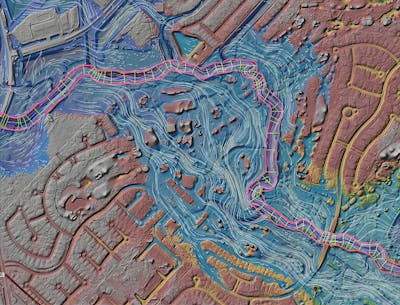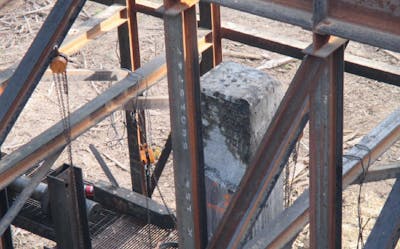
Bagby Streetscape and Paving Improvements
Sustainable urban upgrade
Project Facts
| Location | Houston, Texas |
| Owner | Midtown Redevelopment Authority |
| Size | 3,500 LF |
| Cost | $9.6 million |
| Status | Completed 2013 |
| Certifications | LEED Silver |
Overview
Prompted by a 2008 drainage study, the Midtown Redevelopment Authority enlisted our team to lead a comprehensive redesign of the aging infrastructure along 10 city blocks of Bagby Street in Houston’s Midtown. The project addressed flooding issues and aided in the sustainable revitalization of Midtown, achieving LEED Silver and becoming the first Greenroads Project in Texas, the eighth globally, and the highest-scoring at the time of certification.
Services
About the Project
To rejuvenate the aging infrastructure along ten city blocks of Bagby Street in Houston’s Midtown, crucial for the vibrant business and pedestrian life, a unique challenge emerged: enhance the area without disrupting the continuous flow of traffic along the one-way collector connecting downtown to the Museum District and the Southwest Freeway.
Walter P Moore conducted a meticulous block-by-block analysis guided the implementation of context-sensitive solutions, allowing for the installation of a 28-foot deep, 60-inch storm sewer beneath the street while keeping Bagby open.
Collaborating with an urban planning and design firm, the project introduced the city’s first Low Impact Development (LID) plan, resulting in a sustainable, walkable community with widened sidewalks and pedestrian-friendly amenities. The redevelopment, showcasing a 15 percent increase in on-street parking and 33 percent stormwater filtration by rain gardens, has set a new standard for sustainable street design in Texas and attracted over $25 million in new private development.








